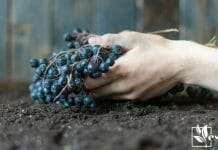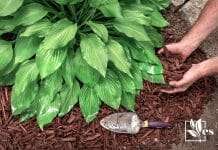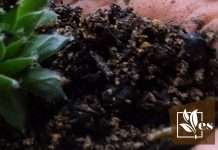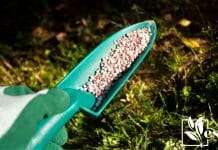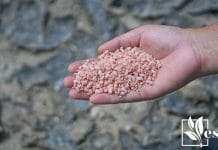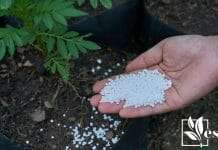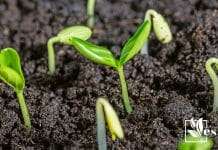Crickets, an incredibly diverse group of insects, have dietary habits that reflect their adaptability to various environments. As omnivores, crickets consume both plant and animal matter, making them an integral part of the ecosystem for cycling nutrients. Specifically, plant-based foods play a substantial role in their diet. In my experience, I’ve observed that the majority of cricket species, such as house crickets, field crickets, camel crickets, and cave crickets, have a particular affinity for a wide range of plant materials.
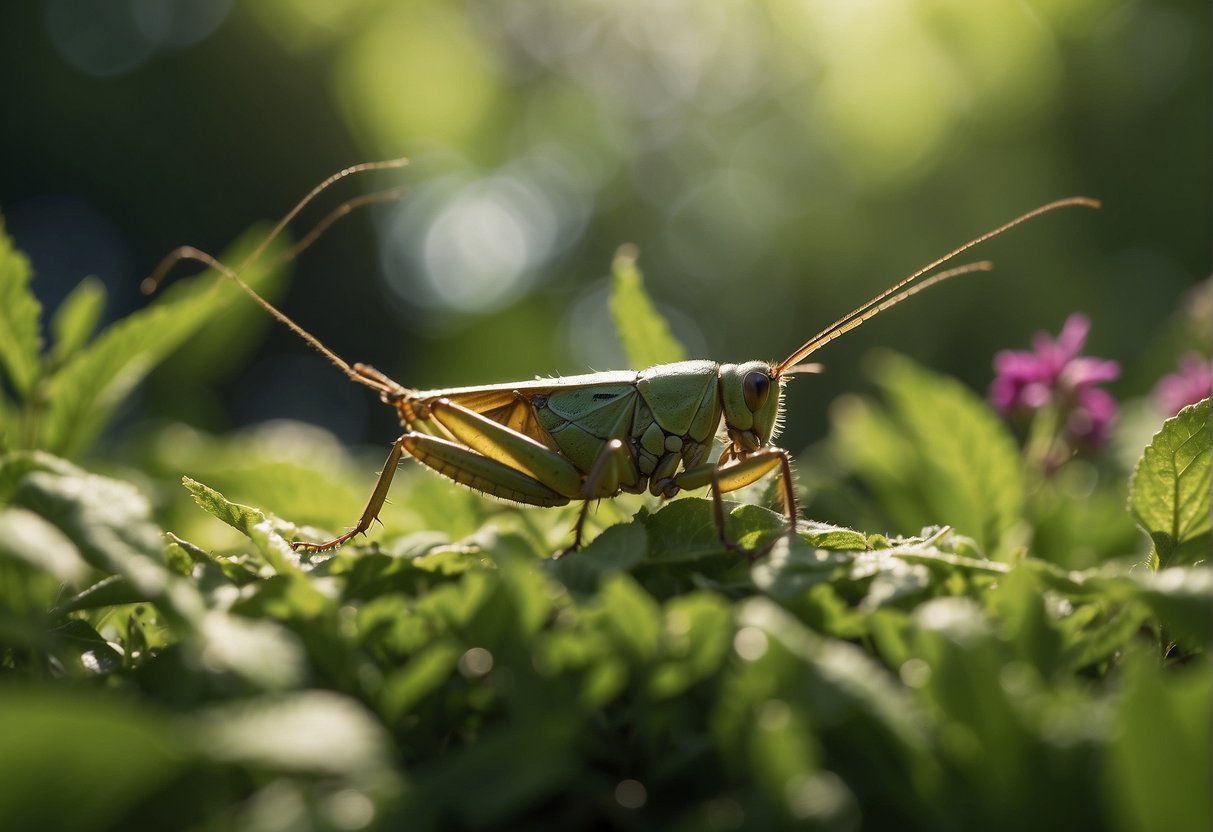
The plants crickets eat provide them with essential nutrients for their survival and development. They commonly feast on leaves, fruits, flowers, and stems. These components not only offer sustenance but also are crucial for their growth and reproduction. Their consumption patterns also contribute to the ambient sounds of nature through their characteristic chirping, which is particularly prominent in male crickets as they seek mates. Understanding the plant-based diet of crickets gives us deeper insights into their role in our gardens and the broader ecological web.
JUMP TO TOPIC
Cricket Diet and Feeding Habits
In my experience with these fascinating insects, I’ve learned that crickets are omnivores with a diverse diet.
What Crickets Eat in the Wild
In their natural habitats, crickets exhibit an impressive adaptability to their available food source. They typically feed on plants, which includes a variety of leaves, stems, and flowers, providing them with necessary nutrients. Aside from plant matter, crickets also consume seeds, succulent fruits, and grass. Their diet is not limited to vegetation; crickets also eat other insects, such as aphids, ants, and smaller beetles.
💥 Other aspects of their diet involve fungi, decaying organic matter, and even insect larvae. In times of food scarcity, crickets might resort to cannibalism.
Feeding Crickets in Captivity
When I keep crickets in captivity, such as for feeding pets or for cricket farming, I provide a controlled diet to maintain their nutrition. The captive cricket diet closely resembles their natural preferences but is often standardized. Feeder crickets are given an array of fresh vegetables and fruits, such as potatoes, apples, and leafy greens. Protein is essential, and I ensure this need is met through high-protein sources like commercial reptile food, dog food, cat food, or specially formulated cricket diets.
I never forget about water, which is vital for their survival. A shallow water source is sufficient, as long as it’s regularly refreshed to prevent mold.
Crickets under human care must receive a diet that supports their growth and overall health, whether they’re pet crickets or feeder crickets. I’ve found that a well-balanced diet for these crickets is not complicated to maintain and yields healthy, active insects.
Cricket Plant Diet Exploration
In understanding crickets, it’s crucial to consider their communication, life cycle, and habitats, which directly influence their dietary habits. I’ll provide insights into cricket behavior, especially their distinct chirping and lifecycle, which dictate their interaction with plant environments.
Cricket Communication and Sounds
As someone who has researched cricket behavior, I know that male crickets are the musicians of their species. They produce a chirping sound by rubbing their wings together, a practice known as stridulation. This is not just a random noise; it’s a communication tool for attracting females and warding off other males. The sound frequency varies among species and can be affected by factors like temperature.
💥 The sound of crickets is not random; it’s a critical part of their mating ritual and territory defense.
Cricket Habitats and Survival Strategies
I’ve observed that cricket survival depends heavily on their habitat selection, which ranges from fields and gardens to rocks and soil. Crickets have a diverse diet that aligns with these environments, and they consume parts of plants including leaves and stems. In the wild, they’re a part of the ecosystem, feeding on plant matter, which sometimes makes them pests, especially in agricultural settings where they might feed on crops. Moreover, the life cycle of crickets involves molting several times before reaching adulthood, which occurs in these habitats where temperature and humidity conditions are favorable. Finally, at night, their activity increases as they are nocturnal creatures, which also affects their interactions with plants.
Crickets can be destructive to plants, particularly seedlings and young shoots, due to their feeding habits at night when they are most active.
Crickets as Part of the Ecosystem
Crickets, often undervalued, are integral to many ecosystems. Their feeding habits and prey-predator interactions maintain balance in nature.
Cricket Interactions with Other Species
💥 Key Interactions
As omnivorous creatures, crickets have diverse feeding habits that include consuming seedlings, decaying plant matter, and small insects. This not only portrays their adaptability but also their role in nutrient cycling, aiding plant decomposition, and soil health.
Additionally, they serve as a crucial food source for various predators. Lizards, spiders, and birds hunt them actively, which controls cricket populations and thereby protects crops from potential overfeeding. Surprisingly, crickets are sometimes cannibalistic, especially when food is scarce. Their interactions within their species and with others exemplify their complex role within ecosystems.
Crickets’ Role in Agriculture and Gardens
Influence on Plant Health
In gardens and agricultural spaces, crickets can be seen as both beneficial and harmful. While a moderate number of crickets contribute to the control of harmful pests and the breakdown of plant debris, excessive crickets might damage young plant stems, wings of leaves, and flowers, impacting produce quality. Farmers and gardeners observe that high populations of mole crickets, in particular, can dive into the ground, uprooting seedlings and damaging roots, leading to significant crop loss.
To maintain a healthy balance, natural cricket predators are encouraged in gardens. This is where my appreciation grows for the natural way ecosystems self-manage. The presence of lizards, snakes, and even birds in my garden ensures that cricket numbers remain in check, protecting my produce while still benefiting from the ecological services that crickets provide.




